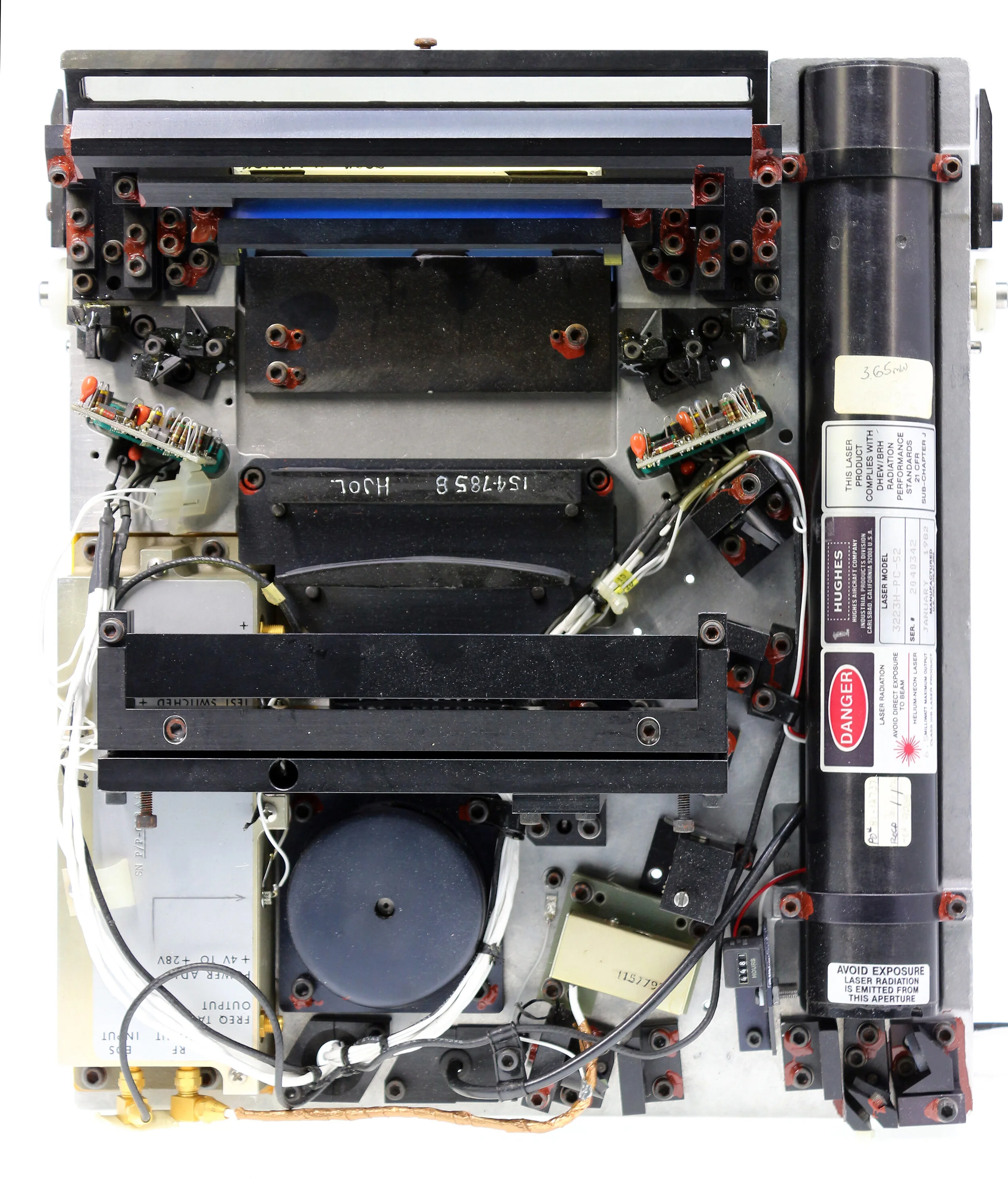There have been lots of compliments on the post written on Gary Starkweather here. I wrote the post a week ago and have reflecting more on what Gary inventing the laser printer in 1967.
With an M.S. in optics from the University of Rochester and after an 18-month stint at Bausch and Lomb, Starkweather went to work for Xerox, intrigued by the imaging technology the company was developing. One of his initial projects was the highspeed facsimile machine. Tasked with the challenge of getting enough light on the paper and getting the output device to create an image, he suggested using lasers, a new technology then. His idea worked.
Then one day in 1967, Starkweather was sitting in his lab looking at these big mainframe facsimile machines when he started thinking, “What if, instead of copying someone else’s original, which is what a facsimile does, we used a computer to generate the original?”
What was the technology of the office in 1967? Here is an article about the 12 vintage office devices from 1967 - Xerox Copier, Dictaphone, steel desks, carbon paper, samsonite briefcase, computer punch cards, hat racks, typewriters, intercoms, fancy lighters, and desk lamps. That is the office environment of 1967. Below is the 813 xerox copier.
The dominant office machine was the IBM selectric typewriter.
And there is Gary in his lab thinking of how to solve a copier problem and comes up with this. It is easier to see why there was so much resistance. This laser setup looked like it would not work. Would be expensive too.
But would Gary could see in the future is where component costs would head to. Below shows the first laser printer mechanism in production that cost $10,000 was eventually replaced by an assembly that cost $40.
Imagine Gary coming up with this invention when the office was dominated by IBM selectric typewriters, computer punch cards, Rolodexes, and Xerox copiers.
$10,000 laser assembly from first laser printers.
equivalent functionality laser mechanism from Canon that cost $40.




